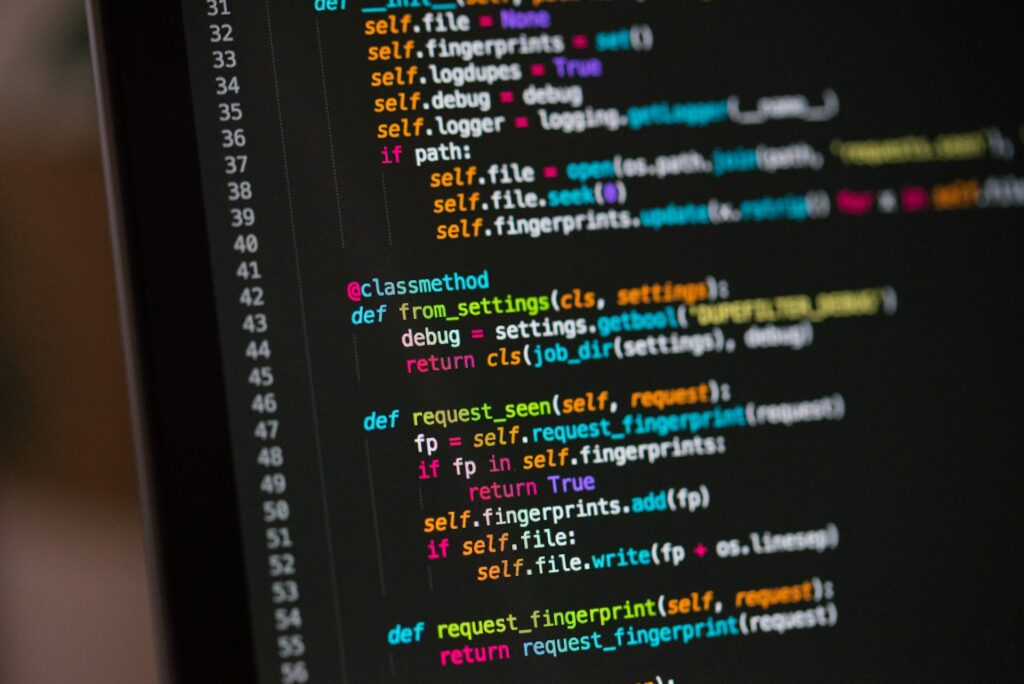An Exploration of the “No-Code” Entrepreneur: Constructing an Application Without the Need to Write Code

An Exploration of the “No-Code” Entrepreneur: Constructing an Application Without the Need to Write Code
Not so long ago, if you had a concept for an app, you required either a profound understanding of coding or a big budget to employ developers. Both of these requirements were necessary. Nevertheless, by the year 2025, that barrier has almost vanished. The no-code entrepreneur is growing in popularity as a new kind of founder for new businesses. This group of individuals is responsible for the development of actual, fully working web and mobile apps without having to write a single line of code.
A degree in computer science is no longer necessary in order to begin a technology firm because of the proliferation of strong platforms that do not need coding. On the other hand, you may operate inside a visual interface by dragging and dropping, connecting, and launches. What is the end result? An enormous change in the people who are allowed to take part in the technology economy. Apps are being built, processes are being automated, and businesses are being started at a quicker rate than ever before by individuals who are creators, designers, marketers, students, and lone dreamers.
The rapid growth of no-code is not only a passing fad. It represents a paradigm shift in the way that we think about innovation, entrepreneurship, and the development of digital content.
What Does It Mean to Have “No-Code”?
The term “no-code” refers to the process of developing software applications without the need to write conventional code. Instead of using languages such as JavaScript or Python, you make use of platforms that provide visual interfaces, components that have already been constructed, and straightforward logic systems. In a manner analogous to putting together a digital puzzle, mobile applications are created by putting together these building elements.
Using applications like as Bubble, Glide, Webflow, Adalo, Softr, and Zapier, it is now feasible to construct a wide range of business platforms, ranging from landing pages to large business platforms, without ever having to interact with a terminal or backend server. The hard work is handled in the background by these platforms, allowing users to concentrate on the design, structure, and functioning of their products. What was formerly the purview of full-stack developers is now within the reach of regular folks who have no prior experience or qualifications in the technological field. That is a really significant matter.
Digital creators are entering a new era.
Because of the no-code trend, a whole new category of artists has been given more influence. This group of individuals, which includes artists, small company owners, teens, retirees, and side hustlers, is now independently establishing digital goods, markets, tools, and services. In the past, these individuals may have felt as if they were excluded from the technological mainstream.
The no-code platforms have, in many respects, become the equivalent of Canva or Shopify in terms of app development. They make it possible for someone who has an idea to forgo the hard process of learning syntax or hiring developers and instead begin the construction process. In this way, the cost of failure is reduced, experimentation is sped up, and innovation is made more accessible to individuals in every nation and community.
What is the most enjoyable aspect? These businesspeople who don’t know how to code aren’t simply developing for fun. Without ever employing a conventional development team, they are successfully building actual companies, recruiting clients, finding investment, and generating income to support their operations.
How the World of Startups Is Being Transformed by No-Code
The process of starting a business is being significantly sped up by no-code. It used to take months and thousands of dollars, but today it just takes a few weekends and a little monthly charge to do the same thing. The ability to construct and deploy a minimal viable product (MVP) on one’s own is now available to founders. This allows them to test their ideas in the real world before ever seeking investors or putting together a team.
As a result, there has been a change in mentality. Currently, investors, incubators, and startup accelerators are looking at prototypes that do not need any coding as evidence of the company’s dedication and ingenuity. If you have a concept and you have already developed something without using any coding, it says volumes about your initiative and reduces the risk that prospective funders are exposed to.
Without having to wait in line for IT help, product managers and marketers are adopting no-code solutions to develop microsites, automate sales processes, and put up internal dashboards. This is happening even in huge firms. The outcome is a quicker iteration process, improved input from users, and teams that are more empowered.
In addition to the Future, the Limitations
No-code is not magic, that much is obvious. There are still certain restrictions on it. The majority of systems are not currently capable of handling applications that are very sophisticated or highly customized without some kind of workaround. When trying to scale a no-code application to millions of users, it is typically necessary to finally migrate to code or integrate with applications from other sources. There may also be issues over performance, security, and flexibility over the long run.
On the other hand, what is now taking place is the emergence of low-code and hybrid techniques, which provide consumers with the advantages of both worlds. You begin with no code, and as it becomes necessary, you plug in new code to extend the capabilities of the platform it provides. Currently, this is taking place via technologies such as Bubble, which enables more skilled developers to expand the functionality of their applications through the use of APIs and plugins.
And then there is the lightning-fast development of artificial intelligence. From the year 2025 forward, builders powered by artificial intelligence are extending the concept of no-code even further by transforming plain language instructions into functional applications, automatically recommending functionality, and simplifying the design of user experiences. That implies that in the near future, you could be able to just articulate your concept aloud and see your application materialize in a matter of minutes.
What Makes the No-Code Movement So Important
It’s not only the technology that makes the no-code movement so exciting; it’s also the change in thinking that makes it so amazing. The world that it portrays is one in which technological expertise is no longer a barrier to creative expression. You are no longer need to wait for someone else to construct something for you if you have a narrative to tell, an issue to solve, or a community to serve. You can do it yourself. Doing it on your own is possible.
Having the capacity to create anything without having to know how to code is one of the most liberating abilities of our day, especially in a world where digital tools have become the new playground. In the event that you are interested in automating your workflow, launching a company, or developing an application for your community, the tools are at your disposal.
This is the most beautiful aspect about it: the gatekeepers have been removed.
In conclusion, the best way to learn is to build first.
The emergence of entrepreneurs who do not need any prior knowledge of coding is not a fleeting trend. In the process of creating, working, and innovating, it is a component of a more profound shift. In the years to come, an increasing number of individuals will come to the realization that they do not need authorization, financial backing, or technical collaborators in order to develop their ideas.
To be successful, all you need is a desire to experiment, originality, and curiosity.
It is now the right moment to go forward with an idea for an app, a project, or a new company concept that you have been waiting on. Launch a builder that requires no coding. Begin to try out new things. In order to realize your goal, you do not have to wait for someone else to achieve it. You may begin right away, and you don’t even need to be familiar with coding in order to do so.







